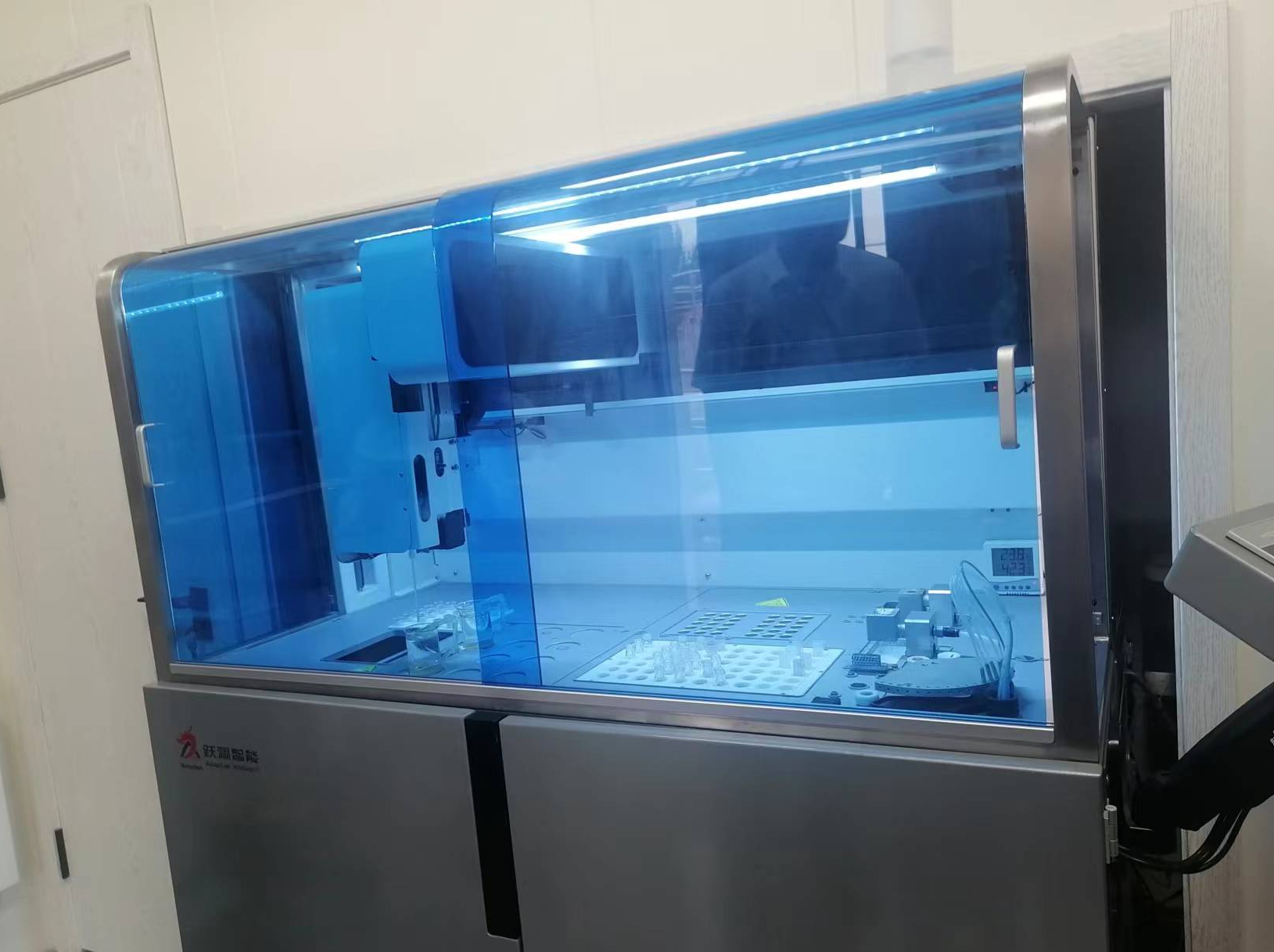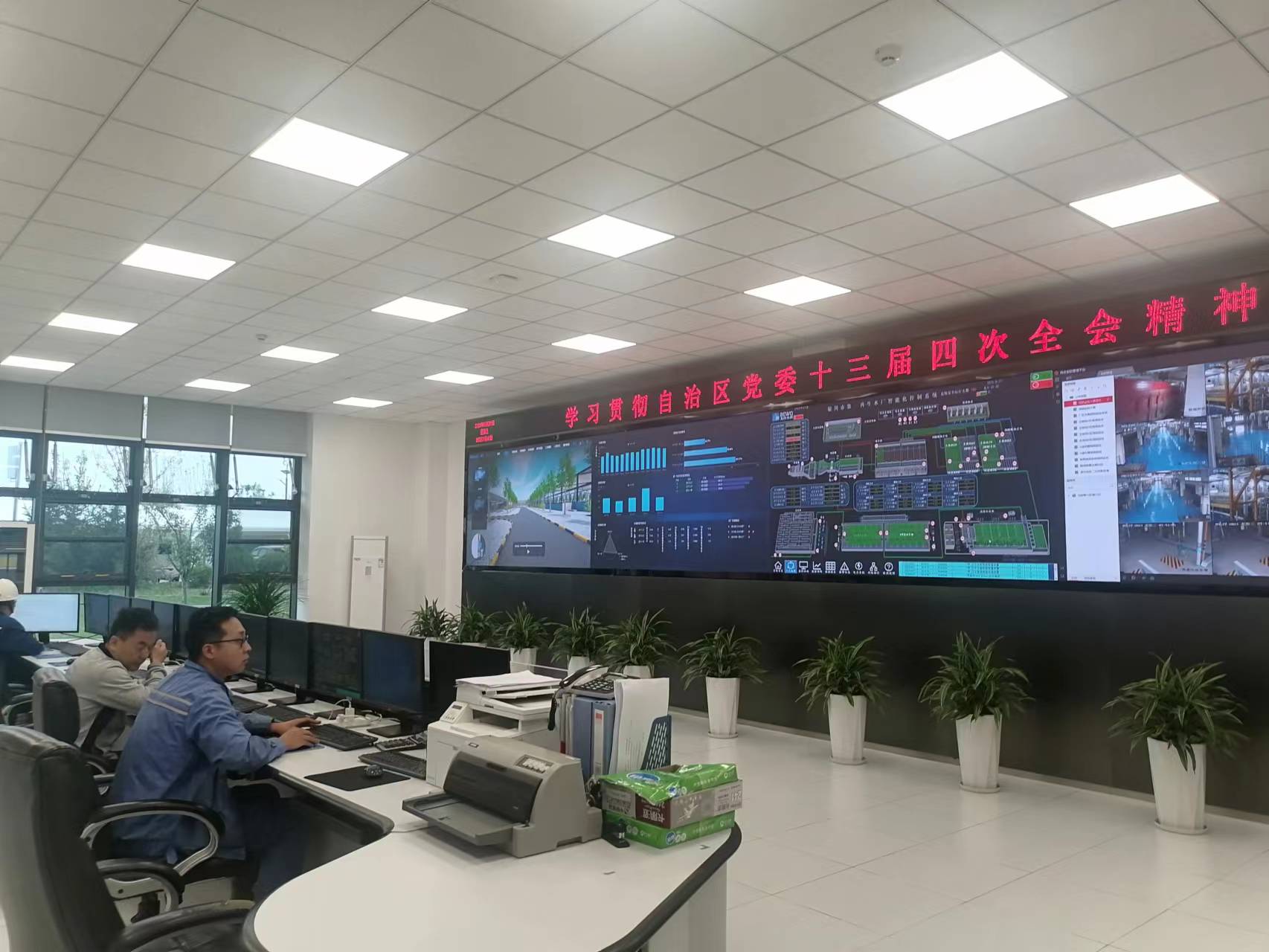What is the next stop for the "green advancement" of the wastewater treatment industry?
A document that came out on the tail of 2023 pointed out the direction for the "green advancement" of the sewage treatment industry in the new year. On December 29, 2023, the National Development and Reform Commission, the Ministry of Housing and Urban-Rural Development, and the Ministry of Ecology and Environment jointly issued the "Implementation Opinions on Promoting the Synergy of Sewage Treatment, Pollution Reduction, and Carbon Reduction" (hereinafter referred to as the "Implementation Opinions").
The "Implementation Opinions" pointed out that China's ecological civilization construction has entered a critical period with carbon reduction as the key strategic direction. Sewage treatment is not only an important starting point for in-depth pollution prevention and control, but also an important area to promote greenhouse gas emission reduction. By 2025, China will build 100 green and low-carbon benchmark plants for sewage treatment with efficient recycling of energy resources. According to expert analysis, sewage treatment should achieve synergy in pollution reduction and carbon reduction through its own energy saving, consumption reduction, improvement of treatment efficiency and increase of carbon sinks. At the same time, policy support and scientific and technological support for the industry are also indispensable.
Make up for shortcomings, and reduce pollution and carbon emissions will become key topics
"Up to now, China has built nearly 5,000 urban and county sewage treatment plants, with a total treatment capacity of more than 250 million cubic meters per day, and an urban sewage treatment rate of more than 98%. The "Implementation Opinions" pointed out that in recent years, China's sewage collection and treatment facilities have been continuously improved, but the "shortcomings" such as low sewage collection efficiency, more greenhouse gas emissions in the sewage treatment process, and low level of energy and resource recycling still exist.
According to the actual situation of China's sewage treatment industry, the "Implementation Opinions" deploy key tasks such as strengthening water conservation and efficiency at the source, and improving the efficiency of sewage collection. In addition, strengthening energy conservation and carbon reduction in sewage treatment is also the key.
Between the grids, sedimentation tanks, and biochemical tanks, sewage flows in and out of each equipment.Industry insiders pointed out that as an enterprise dealing with various pollutants in domestic sewage, although the sewage treatment plant is responsible for improving the effluent water quality standards, reducing black and odorous water bodies and eutrophication and other water environmental problems, but the sewage treatment mode of "energy consumption for water quality" makes it inevitable that the equipment will produce certain carbon emissions during operation, and there is also a risk of transferring water pollution to air pollution.
Relevant data show that the carbon emissions of the sewage treatment industry account for about 1% of the total emissions of the whole society, mainly from the degradation of organic pollutants in the water, which release greenhouse gases such as carbon dioxide, methane and nitrous oxide. In addition to the above-mentioned direct emissions, the consumption of electricity and heat energy required for the operation of sewage treatment plants, as well as the production and transportation of chemicals used for wastewater treatment, will also indirectly generate carbon emissions.
In recent years, with the increase in sewage treatment capacity brought about by urbanization, upgrading and upgrading has become a concerted action of many sewage treatment plants, and the resulting carbon emissions have also increased.
The reporter consulted public information and found that in June 2023, a "Administrative Penalty Decision" issued by the Beijing Municipal Bureau of Ecology and Environment showed that a local company with sewage treatment and reclaimed water reuse treatment as its main business was fined more than 200 yuan for exceeding the quota for emitting more than 4,000 tons of carbon dioxide.
Carbon reduction has become a topic that the wastewater treatment industry must face. The "Implementation Opinions" put the synergy of pollution reduction and carbon reduction in a prominent position.
Energy saving, efficiency improvement, carbon sink increase, and carbon emission reduction in multiple ways
How should the wastewater treatment industry move towards green and low-carbon development?
The "Implementation Opinions" pointed out that the carbon emission reduction and carbon emissions of the sewage treatment plant will offset each other by saving energy and reducing consumption, increasing their own production capacity, or increasing carbon sinks.
Yuan Shuai, executive vice president of the China Urban Development Research Institute of Agricultural, Cultural and Tourism Industry Revitalization Research Institute, told China Environment News reporter that the sewage treatment industry should improve the efficiency of sewage treatment, reduce the discharge of harmful substances in sewage, and reduce energy consumption and carbon emissions; second, it is necessary to promote the resource utilization of sewage, recycle the treated sewage as a water resource, reduce the demand for fresh water resources, and reduce the carbon emissions of water treatment; third, we must strengthen energy conservation and carbon reduction and carbon footprint management, comprehensively monitor and manage energy consumption and carbon emissions in the sewage treatment process, and take targeted measures to reduce energy consumption and carbon emissions。
"The challenge is how to balance the relationship between wastewater treatment, carbon reduction and energy conservation, and achieve synergy between the three. In addition, the layout of the sewage treatment plant also needs to consider various factors such as topography, climate, population density, etc., and reasonably plan the sewage collection and treatment system to improve the efficiency of sewage collection and treatment. Yuan Shuai said.
In terms of energy-saving and carbon-reduction transformation, the "Implementation Opinions" proposes to promote the selection of high-efficiency and energy-saving motors, fans, pumps, lighting appliances and other general products and equipment, combined with the upgrading and transformation of the plant, and accelerate the elimination of old and inefficient key energy-using equipment. Promote the construction of a smart water management system, carry out intelligent regulation and optimization of the whole process, and realize precise aeration and reflux control, digital metering and precise dosing, etc.
The reporter previously noticed in the interview that more and more sewage treatment plants have increased their investment in intelligent equipment in their daily operations, and sewage treatment plants in some areas have achieved full coverage of the operation project by the big data production and operation dispatching and command system.

A denitrification filter used in a wastewater treatment plant is smart as a carbon sourceDosing system

An intelligent command platform used by a wastewater treatment plant
It is worth mentioning that the "Implementation Opinions" proposes that cities with scarce land resources can build fully underground or semi-underground sewage treatment plants, and encourage the rational use of above-ground space through the construction of parks and greening activity venues, so as to improve the quality of the regional environment and the carbon sink capacity of the urban ecosystem.
In Yinchuan, Ningxia Hui Autonomous Region, a "net red" water reclamation plant has put this idea on the ground. The water plant adopts the semi-underground building form, and the top of the sewage treatment tank is designed as an open ecological landscape park, so that the public entertainment and the operation and production of the water plant can not interfere with each other. Zhou Wenbin, director of the water plant, once told reporters that more than 100,000 tons of domestic sewage are collected here every day, and the effluent reaches the surface quasi-class IV after treatment. In line with the reuse standard, it can be used for urban greening irrigation, river and lake water replenishment, municipal miscellaneous use, etc.
More than that, public reports show that in Wuhan, Chengdu, Ningbo, Dali ...... Such garden-style reclaimed water plants are located in many provinces and cities in China. The sewage treatment industry is also actively seeking to solve the problem of synergy in pollution reduction and carbon reduction, so as to achieve a win-win situation of water recycling and urban ecological carbon sink improvement.
New opportunities are ushered in at the policy and technical levels
Behind the above measures is the background that China's ecological civilization construction has entered a critical period with carbon reduction as the key strategic direction and promoting the synergy of pollution reduction and carbon reduction. This also points out the direction for China's sewage treatment industry in the coming period.
In June 2022, the Ministry of Ecology and Environment issued the "Implementation Plan for Synergy in Pollution Reduction and Carbon Reduction", which has put forward requirements for optimizing treatment goals, treatment processes and technical routes in water, gas, soil, solid waste, greenhouse gases and other fields, and the "Implementation Opinions" mentioned that by 2025, 100 green and low-carbon benchmark plants for sewage treatment with efficient recycling of energy resources will be built. This specific goal will bring new development opportunities to the wastewater treatment industry.
"In terms of policy, the state will increase policy support and capital investment in the sewage treatment industry, encourage technological innovation and research and development in the sewage treatment industry, and promote technological progress and industrial upgrading in the industry. In addition, it is a market opportunity, with the acceleration of urbanization and the improvement of people's awareness of environmental protection, the market demand for sewage treatment will further increase. Yuan Shuai pointed out.
The "Implementation Opinions" pointed out that financial support for sewage treatment, pollution reduction, carbon reduction and upgrading projects should be increased, eligible projects should be included in the scope of local government special bond support, and eligible projects should be supported to issue real estate investment trusts, apply for green credit or be financed through green bonds. At the same time, the implementation of preferential tax policies in the fields of environmental protection, energy conservation and water conservation.
The prosperity of policies and markets will also further promote the innovation and improvement of sewage treatment technology to achieve high-efficiency and low-energy treatment results. Zhang Xinyuan, head of research at the Co-Found think tank, a domestic consulting agency, told reporters that the application of renewable energy in the sewage treatment process, such as solar and wind energy, should be increased to achieve energy self-sufficiency or greatly reduce energy consumption. Implement carbon emission control, such as the use of anaerobic digestion technology in the sewage treatment process, improve sludge treatment efficiency, and reduce carbon emissions.
The "Implementation Opinions" also proposed to increase scientific and technological support. Carry out research on key green and low-carbon technologies for sewage treatment, focusing on breakthroughs in key common technologies such as high-concentration organic wastewater and high-salt wastewater treatment and recycling, high-performance membrane materials, environmentally friendly chemicals, greenhouse gas control, intelligent monitoring and optimal control, and promote the integrated development of digital technologies such as big data, artificial intelligence, and digital twins with sewage treatment processes.







